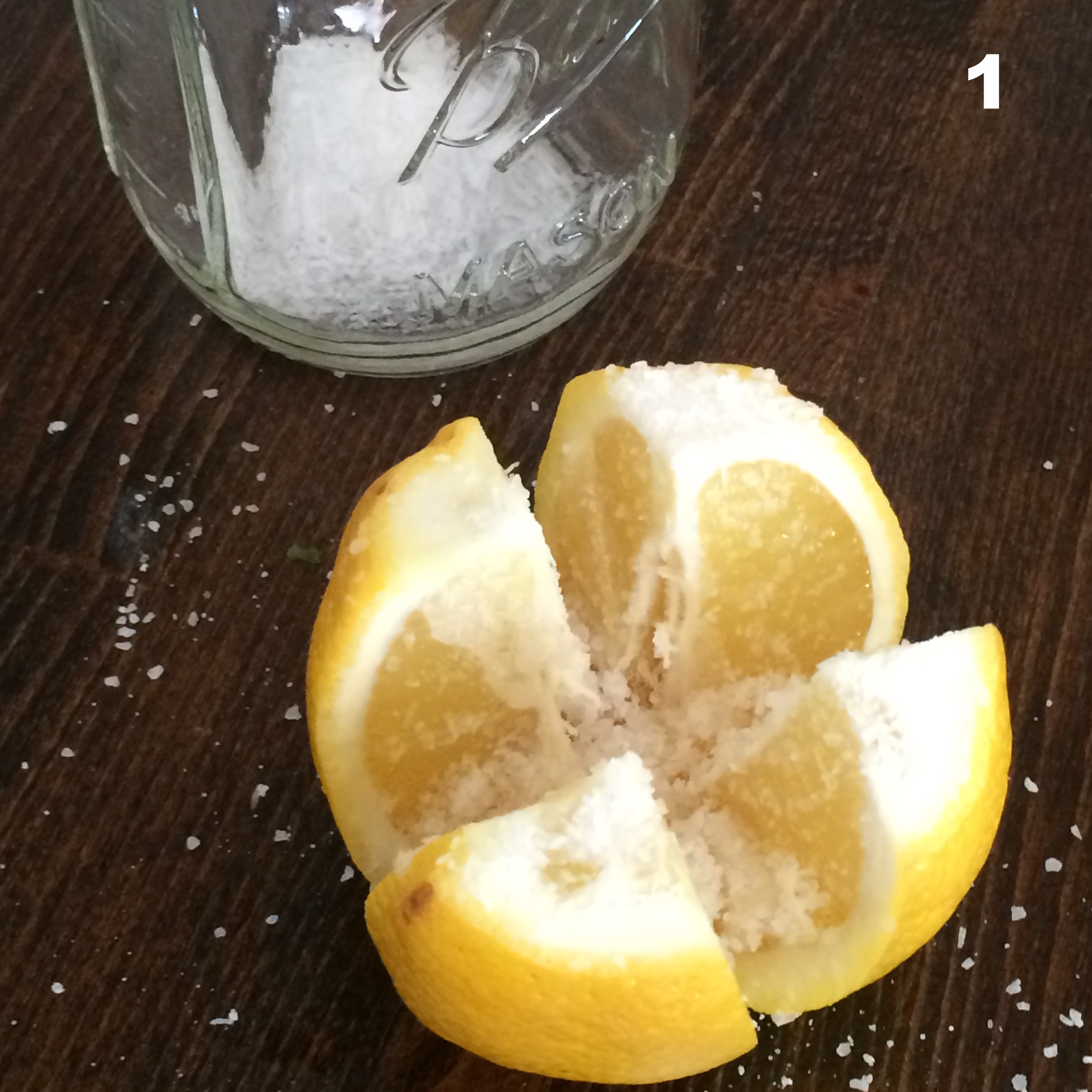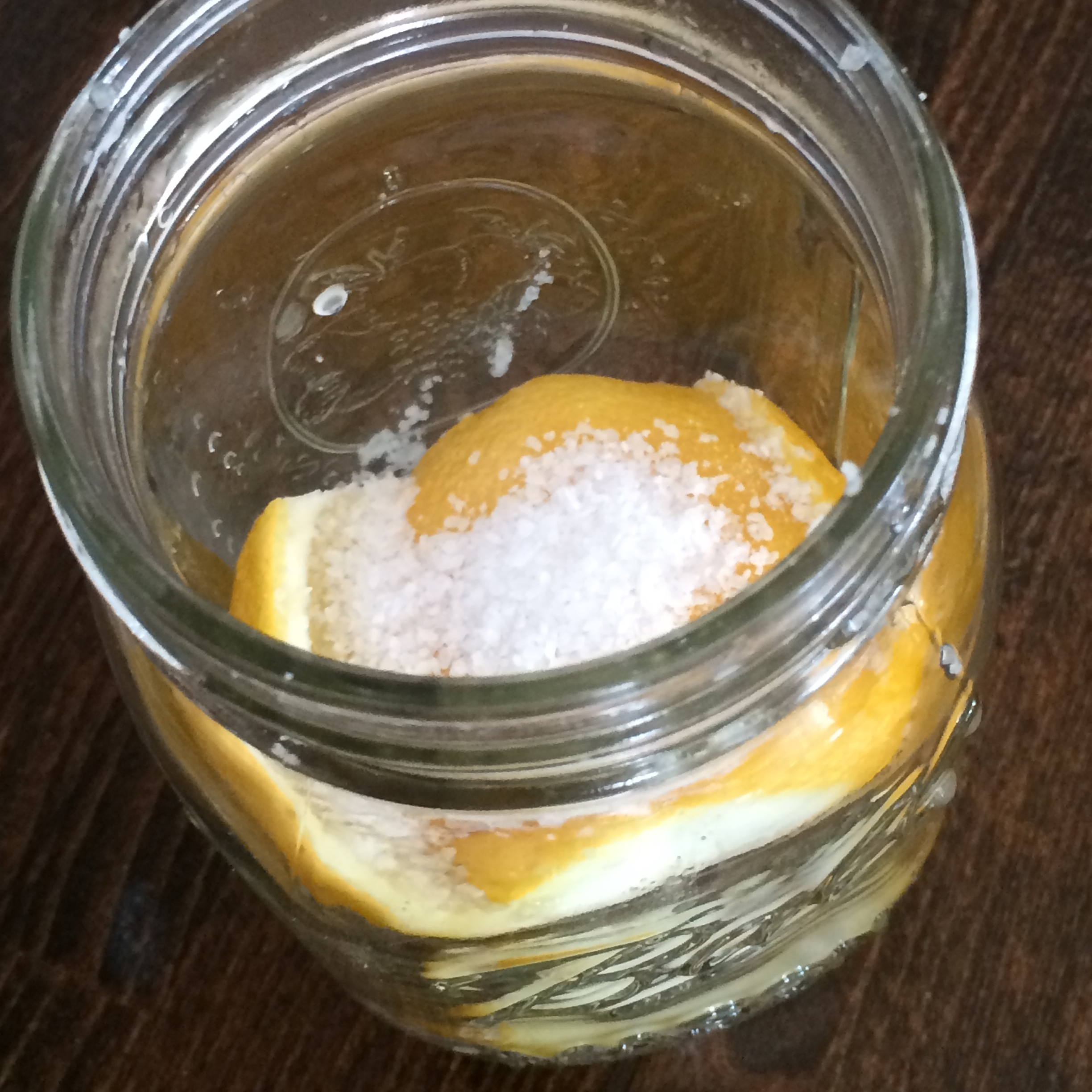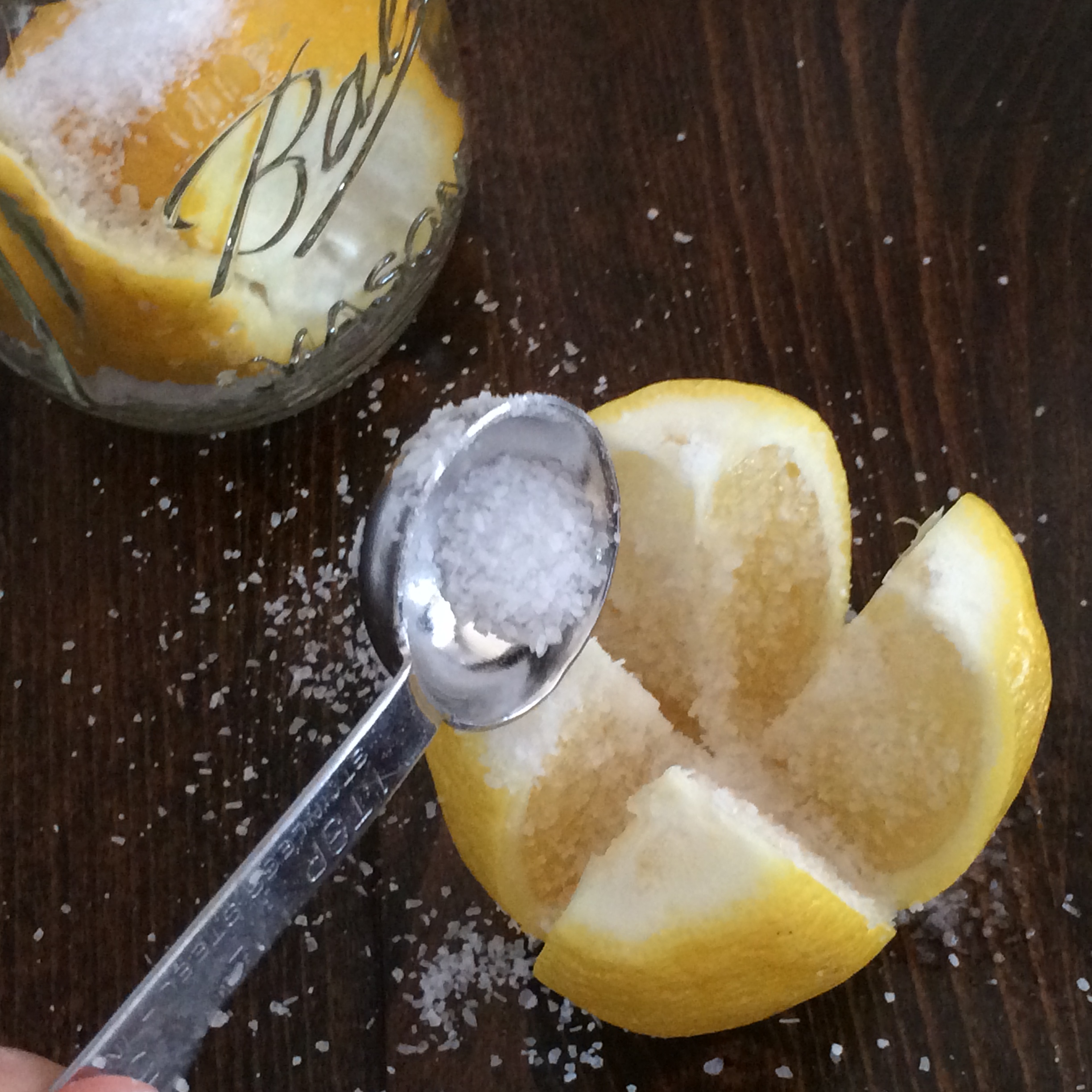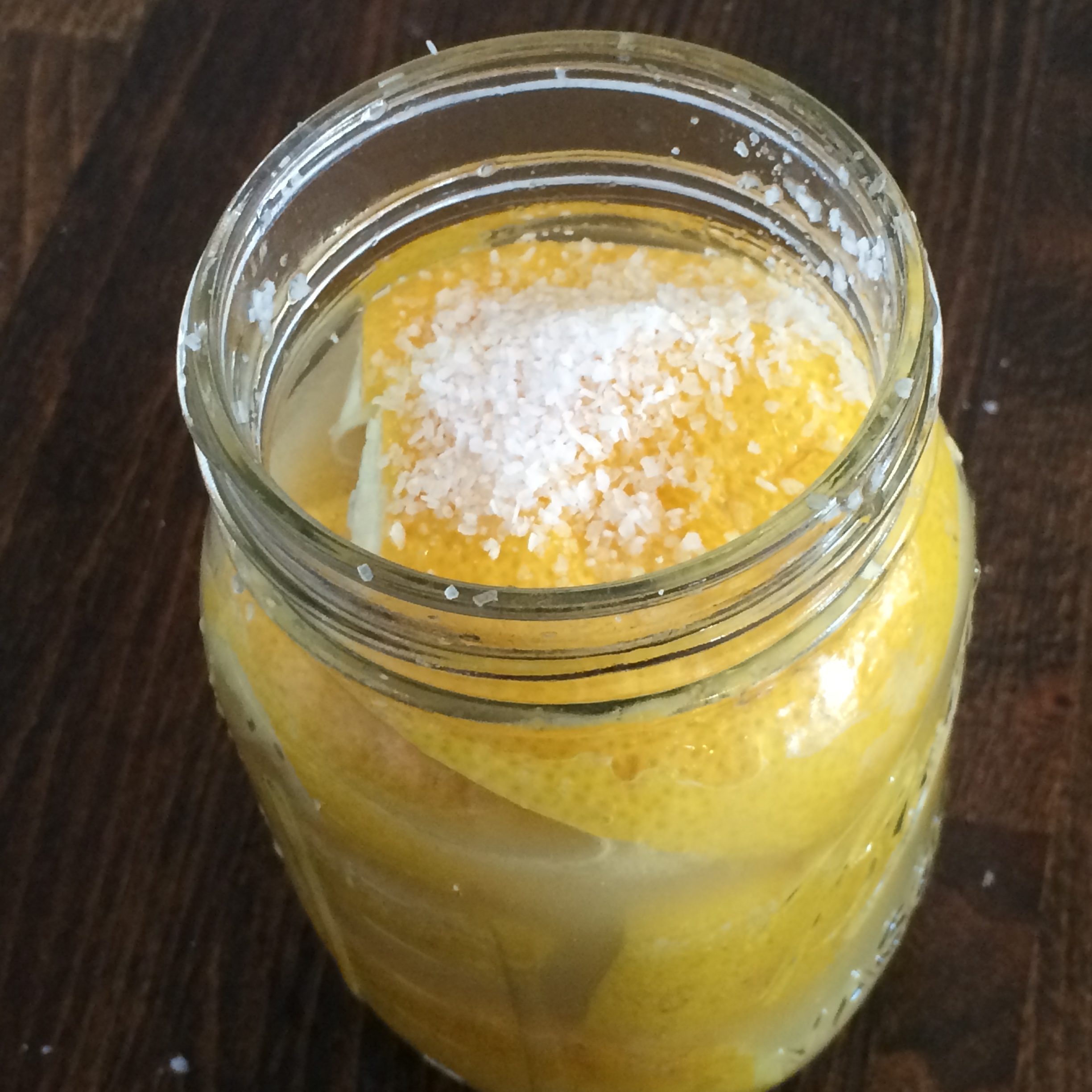Preserved Lemons
/Preserved Lemons
A kitchen staple for Moroccan Cuisine
Preserved lemons are actually extremely easy to prepare, but do need a little pre-planning if you want to have them for a special recipe as fermentation can take a few weeks. Fermenting lemons came about as a means of keeping them long after their growing season and in locales far from where they are grown. Most commonly used in Northern African and Middle Eastern recipes, they also make their appearance in Cambodian and other South East Asian dishes.
Just how easy is it to make preserved lemons? Here is the full list of the basic ingredients: Lemons; Salt; and Water. Yup. That's it.
However, not all lemons are created equal and you are bound to encounter the 'Meyer lemons vs. Eureka lemons' argument when looking up recipes for Preserved Lemons. Eureka lemons are the standard lemon one finds in the grocery store in North America. They are more acidic and tart than a Meyer lemon. Meyer lemons have thinner skins and are a lemon/mandarine orange hybrid that result in a sweeter preserved lemon. For this demonstration, we are using what we have on hand: that means Eureka lemons. We are also bringing along a canning jar.
1. The first step is to cut the tip off the lemon, then slice it into quarters - but not all the way through - leaving the opposite end of the rind still intact so that the four quarters are still attached together at their ends.
2. Open the quartered lemon and dump in a tablespoon of salt, distributing it evenly around the interior of the lemon.
3. Place a tablespoon of salt in the bottom of the clean canning jar (cleaning a canning jar typically means submerging it in a pot of boiling water, removing it from the water with tongs, and allowing to air dry).
4. Push the salted lemon into the jar with a clean spoon, crushing it into the bottom of the jar so that the juice is released. Add another tablespoon of salt onto the top of the lemon.
5. Repeat the quartering and salting steps with each new lemon.
6. With the addition of each lemon into the jar, add another tablespoon of salt. If there isn't enough liquid from the lemons to fill the jar, DO NOT add water to cover the lemons, as this will reduce the acidity, which is a critical component of the preservation process. Crushing the lemons in the jar with the end of a rolling pin or the handle of a wooden spoon will help to release some juices. (This step is often best done a few hours after the lemons have soaked in salt and lose a bit of their rigidity).
7. Lid the jar and write the date on the top. Allow to ferment in a cool place for about six weeks prior to using in your favorite Tagine. The rinds will add a flavor that only preserved lemons can achieve!










